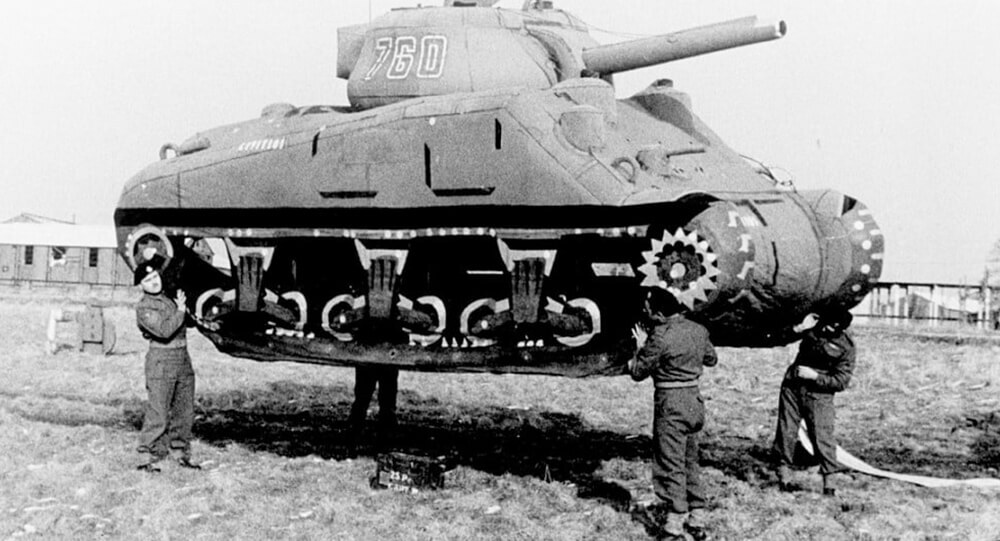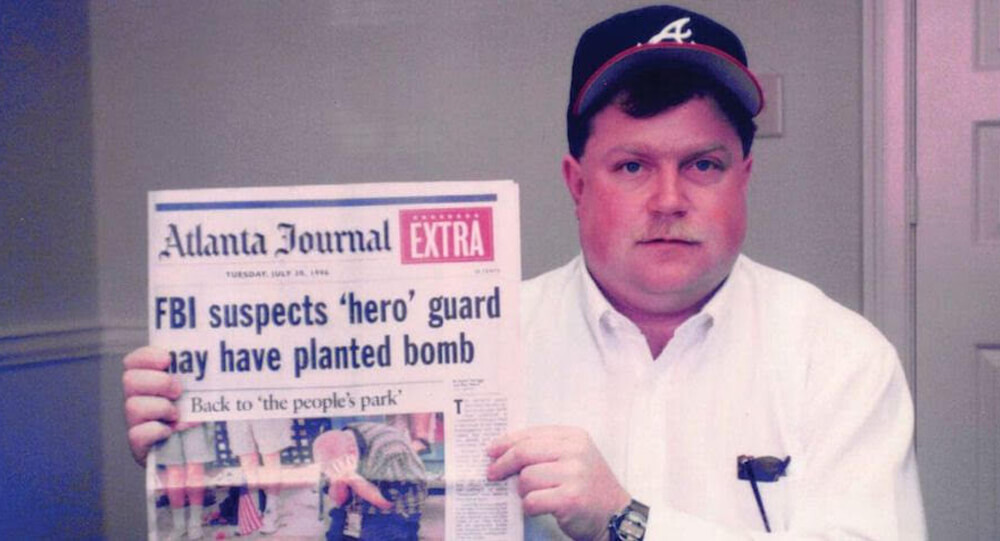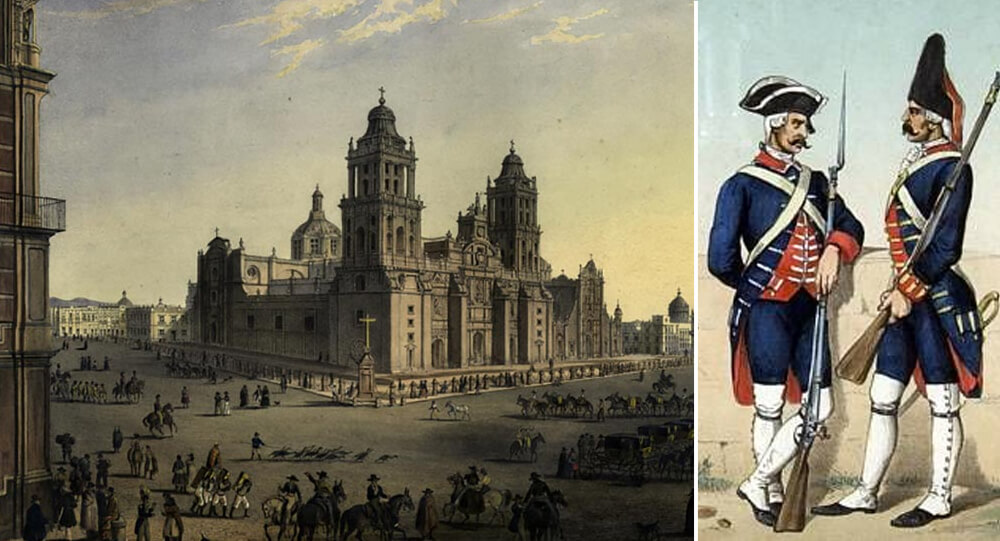
Since the late 19th century, when European rabbits were first brought to Australia, there has been an issue with them. Currently, Australia is thought to be home to 200 million feral rabbits.
Australia’s introduction of European rabbits
In order to facilitate hunting, European rabbits (Oryctolagus cuniculus) were brought into the Australian bush in 1859. Thirteen European wild rabbits were sent to Thomas Austin, an affluent settler in Victoria, Australia, and he allowed them to roam freely on his estate. It only took these invasive (i.e., non-native to the land) rabbits 50 years to spread across the entire continent from this one backyard sanctuary.
Since these conditions are fairly easy to come by, they can adapt to new habitats such as the deserts and plains of Australia as easily as the meadows of Europe.
Their population grew to such an extent that they destroyed land and crops, causing soil erosion. By overgrazing, they also had a detrimental effect on plants and agriculture. The rabbits not only destroyed Australian crops, but they also played a part in the extinction of local animal and plant species. The primary environmental law of the Australian government, the Commonwealth Environment Protection and Biodiversity Conservation Act 1999, even identifies the many impacts of feral rabbits, like land degradation, as a “threatening process.” The remarkable adaptability of these rabbits has contributed to their dispersal throughout the Australian continent. All the rabbits require are short grasses to graze on and soil suitable for burrowing.
European rabbits are not only adaptive animals, but they also have a reputation for procreating quickly and in large numbers. They are capable of reproducing year-round and at an early age. European rabbits, also known as hares, typically have two to five kits (baby rabbits) per litter and can produce more than four litters annually.
How to Handle Invading Rabbits
To eradicate Australia’s invasive rabbits, biologists, farmers, government researchers, and others have tried. Many strategies, such as fences, poisons, and infections, have been tried by experts to control rabbit populations; some have shown to be more effective than others.
After coming to Australia a few decades ago, rabbits started to pose a serious threat to farmers. In the beginning, fences were constructed by the government and farmers to prevent the rabbits from damaging their crops. In fact, the government hired builders to erect a fence that connected the north and south of Western Australia. Fencing didn’t really stop the rabbits, though. In the case of the fence in Western Australia, it only contained rabbits that were already residing there.
In an attempt to manage the population, farmers have also been known to destroy rabbit warrens, which are underground networks of tunnels. The area where rabbits can safely breed and raise young is taken away when the warrens are destroyed. Today, farmers continue to use the warren destruction method, which is effective for controlling rabbit populations found on accessible lands.
The government started using biocontrol in the 1950s. In southeast Australia, they dispersed rabbits infected with the virus known as myxoma, which is unique to rabbits. The first virus to be intentionally released into the wild with the intention of eradicating an animal was the myxoma virus. The myxoma virus causes myxomatosis, a disease that only kills rabbits, and Australian scientist Peter Kerr said of this release, “Thus, inadvertently, began one of the great experiments in natural selection, conducted on a continental scale.” Many rabbits in Australia did die from the myxoma virus, but over time the rabbits developed an immunity to the virus, making it useless. The scientists would have to try a different approach if they were to successfully eradicate these invasive rabbits.
Another pathogen that is unique to rabbits is Rabbit Hemorrhagic Disease Virus (RHDV), which researchers first described in the 1980s. This illness, which is brought on by an RNA (ribonucleic acid) virus spread by flies, can kill rabbits within 48 hours of infection. This virus broke free from a quarantine facility in 1995 and entered the wild. In particularly dry areas, RHDV reduced rabbit populations in Australia by up to 90% after it was formally released in 1996 with the goal of controlling the population. European rabbits that reside in cooler, more rainy regions of Australia are immune to the disease because flies act as the virus’s vector. Similar to the myxoma virus, these rabbits are starting to show signs of resistance against RHDV.
You may also be interested in…
- How Switzerland ended rabies epidemic by air-dropped vaccinated chicken heads
- Earthquakes: Can Animals Really Predict Them?
- The story of The chicken that lived for 18 months without a head
Poison proved to be another popular population-control strategy for European rabbits, in addition to viruses. With a death rate of over 90%, sodium fluoroacetate is one of the primary chemicals used to poison rabbits. In order to fumigate burrows and eliminate any rabbits residing within, phosphine and carbon monoxide are also utilized.
Virus introduction into the wild appears to be the most efficient and economical method of reducing the population of European rabbits. Scientists are still trying to manage these mammals’ populations to prevent habitat destruction in Australia. More lethal RHDV strains that might be even more successful in keeping the rabbits from overrunning the Australian environment are currently being researched by researchers. Since the European rabbits are an invasive species, and are extremely disruptive to the local environment, finding a solution to rein in and control their populations is imperative.

15 interesting facts about Queen Elizabeth II
Queen Elizabeth II, who ruled Britain for 70 years, has away at the age of 96. She was the country's longest-reigning monarch. Here are some little-known facts about her.

The history of Flour sack clothing fashion
After Kansas mill owners found women reused flour sack materials into apparel in the 1920s and 1930s, they started applying patterned designs to give families with more fashionable patterns and material.

Vince Coleman, a railway dispatcher, sacrificed his own life
Vince Coleman, a railway dispatcher, sacrificed his life in order to warn an incoming train of an imminent explosion. His telegraph said “Hold up the train. Ammunition ship afire in harbor making for Pier 6 and will explode. Guess this will be my last message. Good-bye, boys.” He saved 300 lives.

Mother who spent entire life savings for daughter’s cancer treatment won the lottery
A mother won $2 million from a $10 scratch-off lottery ticket after she spent all of her entire life savings to pay her daughter’s cancer treatment. She bought the winning ticket after her daughter’s last cancer treatment.

Xin Zhui And The Story Of The Stunningly Intact Lady Dai Mummy
A 2,000-year-old mummy of a Chinese woman, Xin Zhui, also known as “Lady Dai,” was preserved in 21 gallons of an “unknown liquid.” With her original hair, organs, eyebrows, and eyelashes intact, the mummy still has blood in her veins. Her skin and ligaments are soft and as flexible as that of a living person.

Story of Kathrine Switzer: the first woman to run in Boston Marathon
Before women were allowed to run in the Boston Marathon, Kathrine Switzer participated. A race official attempted to forcefully remove her from the race in 1967, but her boyfriend pushed him down. She was the first female finisher who had a numbered entry in the race.

What exactly was the US's 'Ghost Army' during WWII?
During WW2, there was a special unit of men dubbed the ‘Ghost Army’. The unit was made of artists, creative and engineers and their job was to create deception about the enemy. From inflatable tanks to phony convoys to scripted conversations in bars intended to spread disinformation, they used all possible tricks to fool the enemy.

Remembering the 1945 Empire State Building Disaster: When a Plane Met Skyscraper
An airplane crashed into the Empire State Building in 1945. Among other damage, plane parts severed the cables of an elevator and the woman inside fell over 70 stories. She lived and holds the world record for the longest survived elevator fall.

Man's Blood Helped Save Millions of Babies
Australian blood donor James Harrison has been one of our most impressive and valued donors, having donated for 60 years. Know his story, how he was a pioneer of our Anti-D program, and why this matters.

The mysterious secret of Dr James Barry
Before women were allowed to enroll in medical school, Margaret Ann Bulkley studied medicine and assumed the identity of Dr. James Barry for 56 years while dressing as a man. After 46 years of service as an army doctor officer, her secret was not made public until after her death in 1865.

Why the Word ‘Pen’ Comes from the Latin ‘Penna’ Meaning Feather
The humble word “pen” carries a rich history rooted in ancient times, derived from the Latin word penna, meaning “feather.” Long before modern pens revolutionized writing, feather quills—especially from geese—were the essential tools of scribes, scholars, and artists. This article journeys through the origins of the pen, its evolution, and fascinating trivia about the timeless connection between feathers and writing.

Shizo Kanakuri’s 1912 Olympic Marathon Finished 54 Years
At the 1912 Olympics, a marathon runner quit and went home to Japan without telling officials and was considered a missing person in Sweden for 50 years. In 1966, he was invited to complete the marathon. His time: 54 years, 8 months, 6 days, 5 hours, 32 minutes, and 20.379 seconds.

How Sleep Deprivation Was Once Used as Torture
Sleep deprivation, long before modern interrogation techniques, was considered a “clean” and effective form of torture—leaving no physical scars, yet breaking minds with haunting silence. Victims endured days and nights without rest, leading to vivid hallucinations, disorientation, and psychological torment. This article traces the dark history of sleep deprivation as a weapon, examines the science behind its effects on the brain, and shines a light on the painful balance between human endurance and cruelty in the annals of coercion.

During the 1996 Olympic bombing, Richard Jewell falsely accused of committing the crime after saving dozens of people
Richard Jewell, an American security guard, discovered a bomb during the 1996 Olympic Games in Atlanta and assisted in the evacuation, but was later wrongfully accused and faced public scrutiny. He was cleared, but it had a lasting impact on him until his death in 2007 at the age of 44.

The Baltic Way: the longest unbroken human chain in history
On August 23, 1989, about 2 million people from Latvia, Estonia, and Lithuania formed a human chain that united all 3 countries to show the world their desire to escape the Soviet Union and the communism that brought only suffering and poverty. This power stretched 600 km.

The World’s First Seismograph: How Ancient China Detected Earthquakes 1,800 Years Ago
Over 1,800 years ago, long before modern technology, the ancient Chinese astronomer and inventor Zhang Heng created the world’s first seismograph in 132 AD. This ingenious bronze device could detect distant earthquakes by releasing small balls from dragons’ mouths into toads’ mouths—each indicating a different compass direction. Its historic detection of an earthquake 400 miles away astonished the imperial court and transformed the way societies understood and responded to seismic events.

The day Iceland's women went on strike
Icelandic women went on strike for equal rights on October 24, 1975. 90% of women walked out of their jobs and homes, effectively shutting down the entire country. The men were struggling to keep up. The following year, Parliament passed a law requiring equal pay. Iceland elected the world's first female President five years later. Iceland now has the highest gender equality rate in the world.

Did Gil Pérez Really Teleport from Manila to Mexico Overnight? The 1593 Mystery
On October 24, 1593, while performing his guard duties at Manila's Governor's Palace in the Philippines, Gil Perez stopped to lean against a wall and sleep for a while. He opened his eyes to find himself in an unusual environment. Gil was in the Plaza Mayor in Mexico City. They imprisoned Perez, but the authorities in Mexico City decided to release him and return him home.

How did Howard Florey discover penicillin
Penicillin was discovered by Alexander Fleming, but he never attempted to turn it into an antibiotic. It wasn't until ten years later that Howard Florey discovered Fleming's obscure paper and understood the mold's potential. Up to 200 million lives may have been saved as a result of Florey's work.

Why Comedians Failed to Make Sober Sue Laugh in the Early 1900s
In the bustling vaudeville scene of early 20th century New York, a mysterious performer known as "Sober Sue" captured public imagination not for jokes or songs, but for her unshakable stoicism—she never smiled or laughed. A local theater even offered a tempting reward of $1,000 to anyone who could make her laugh, drawing crowds and famous comedians eager to claim the prize. Despite countless hilarious attempts, Sue remained expressionless, a mystery that baffled performers and audiences until it was revealed that she suffered from facial paralysis, explaining her unchanging demeanor.

History of Treadmill, punishment for prisoners
Treadmills were originally a punishment used to harness human power on a giant wheel used to grind grains, hence the name "treadmill." The History of Treadmill

A Brief History of the PlayStation Gaming Console
Sony's PlayStation was never meant to be an actual product. Instead, it was intended to be a CD-ROM console that would support Nintendo games. However, when Nintendo backed out of the deal at the last minute, Sony went ahead and launched what soon became one of the most successful gaming consoles of all time.

Juliane Koepcke: The Teenager Who Fell 10,000 Feet And Trekked The Jungle to survive
In 1971, a high school student was sucked out of an airplane after it was struck by lightning. She fell 10,000 feet to the ground while still strapped to her chair and survived. Only to endure a 9-day trek to the nearest civilization.

Henry Ford, The man popularizing the concept of the weekend off
Henry Ford was the first Industrial Giant to give his employees both Saturday and Sunday off in the hope of encouraging more leisurely use of automobiles and thus popularizing the concept of the "weekend."

Titanoboa cerrejonensis, fossils of the world’s largest species of snake
In 2009 in a coal mine of Columbia, scientists discovered fossils of the world’s largest species of snake. The species is called “Titanoboa cerrejonensis,“and it is from around 60 million years ago. It would have had measured about 48 feet long and weighed about 2,500 pounds


























